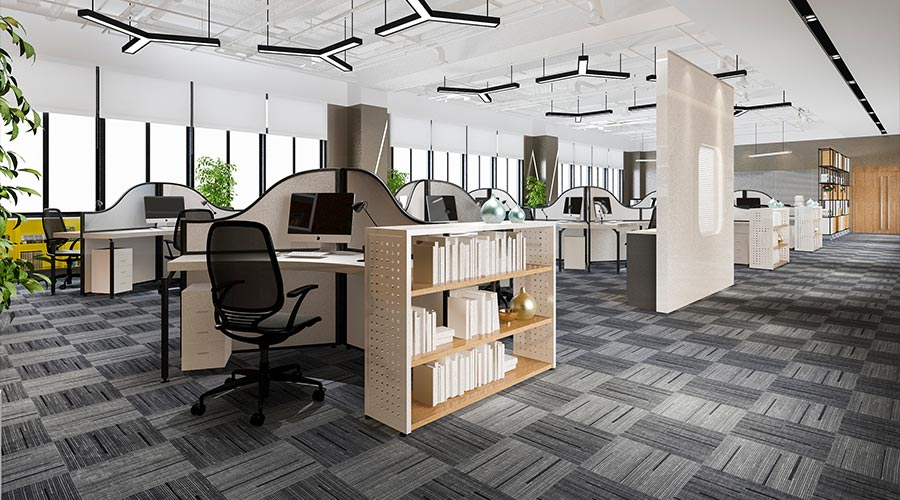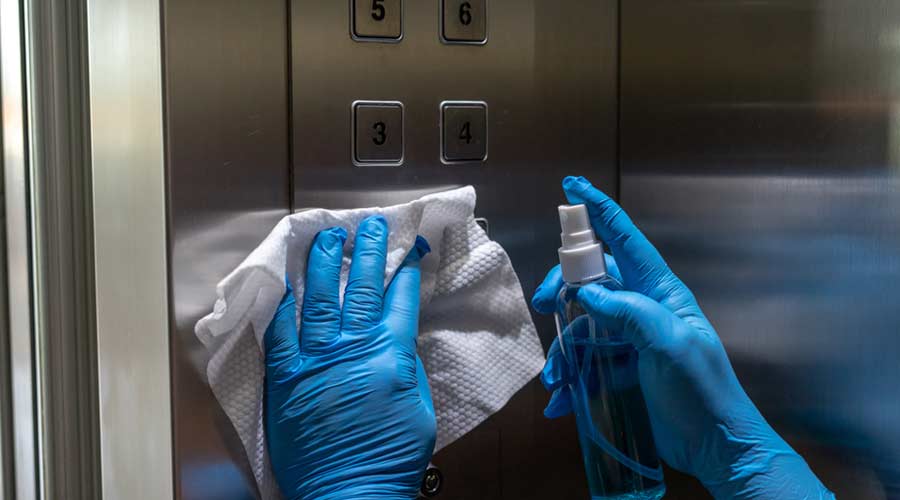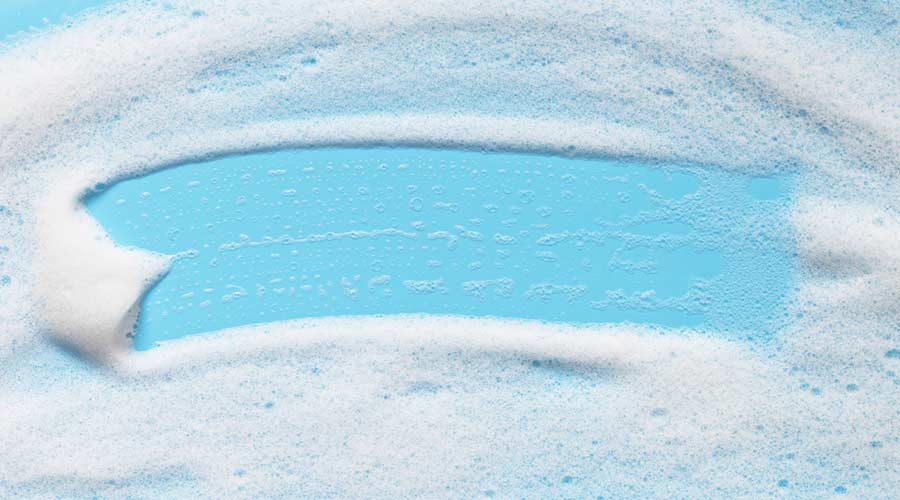
Times are tough for facility cleaning managers and the operations they oversee. Minimum wage hikes have either passed or are under review in a growing number of cities and states across the country. Meanwhile, the need for more help continues to climb inside cleaning departments.
According to the “2025 Facility Cleaning Decisions Management Survey”, 47 percent of facility cleaning managers lack the resources necessary to complete the cleaning tasks inside facilities. Additionally, 39 percent of respondents describe the condition of their operations budget as “fluid” in that it adjusts relative to the cleaning workload and demand every year. Considering these facts, one could argue budgetary and staffing concerns might force a change, which could be in the form of scaled back cleaning practices.
Cuts to cleaning frequencies are no foreign concept to the facility cleaning manager. In the same survey, 36 percent of respondents say they have reduced cleaning frequencies in select areas due to a lower budget. For many, these changes have been on the table for years. When cleaning frequency is reduced, vacuuming work is often one of the first things to decrease, and with poor, short-sighted reasoning.
“Vacuuming is usually the first service to get pulled back because, frankly and sadly, its value is invisible to most people,” says Ben Walker, President of Walker Foundry, a cleaning industry consultancy based in San Diego. “If a restroom is dirty, you’ll hear about it immediately. If trash is overflowing, it gets noticed.”
That all makes sense. If one wanted to turn off a visitor to a facility, he or she should show them a restroom with a clogged toilet and stinky urinal or floor drain. Then, let them venture out to a hallway or common area with soiled surfaces and sticky floors. These combinations of off-putting sights, smells, and feelings can and will elicit a negative emotional response. However, carpet does such a good job concealing the damage that visitors have no clue what lurks beneath. In most cases, it’s a lot.
Dave Thompson, director of Academy of Cleaning Excellence in Orlando, Florida, says one could hide a pound of dirt in a single square foot of carpet before it’s even visible. Putting it another way, he says carpet will hold 10 times more dirt before it’s visible than a piece of tile.
Vacuum for Health
Outside of people who work in the cleaning industry, many in society are not aware of all the good a carpet does. A waxed and shiny lobby floor might look sleek and sexy, but it’s not doing anything to better quality of life for visitors. When it comes to the carpet, the beauty of it is not just fiber deep. It’s a tool that filters a facility in an effort to make it healthier for its inhabitants.
Carpets trap dust, allergens, dirt, and other debris. Without them, indoor air quality (IAQ) is reduced, which can become a health concern. But carpets need some help. If not cared for and maintained, even the best carpets cannot keep debris in check, and it’s re-released into the air for all to breathe. This is why a reduction in vacuum frequency has cleaning industry veterans flummoxed. For some, vacuuming less isn’t just flabbergasting; it’s egregiously irresponsible. It’s not hyperbole to say it can be harmful.
“If health is the concern of the industry, why are we talking about cutting vacuum frequency?” asks Thompson. “They’re cleaning for a budget which means budgets are paying for half [worked] surfaces. This is a management problem, not a technician problem.”
To understand Thompson’s frustration is to know his career. He travels across the country to train janitorial professionals on how to do janitorial work correctly. Thompson has seen a lot of facilities and estimates higher than 80 percent of them have a carpet care issue.
If anything, more should be done for the carpet. Vacuuming is important, but it doesn’t get the job done completely. To truly collect contaminants that land inside carpets, cleaning crews should also go over the surface with a broom and dustpan to loosen up the dirt and bring it to the surface, then vacuum. More often than not, this first step is being skipped.
“This is the reason the carpet is the sewer of the facility,” says Thompson.
Improving indoor air quality should be a priority in every facility. However, there are certain settings where cleaning for health is especially important, making each bad breath more perilous.
“In a healthcare facility where those with compromised immunity or potential breathing problems live or are being treated, we need to be very focused on frequent vacuuming to reduce dust and bacteria, as well as be certain we are using a high performing and filtering vacuum,” stresses Sarah Weber, Co-owner of Synergy Solution DBQ, a contract cleaning provider based in Dubuque, Iowa.
There are more drawbacks to poor carpet care than a decrease in IAQ. Ironically, choosing to decrease vacuum frequency in an effort to save money will end up costing a facility more in the long run. When vacuuming decreases, soil and debris accumulate, which pulls at and scratches carpet fibers. The buildup is abrasive and causes carpet to wear faster than it should and degrades the look. While dirt isn’t always visible, people will notice when the carpet looks haggard and sloppy.
“Inconsistent vacuuming shows up as dark, worn pathways, dust build-up in corners and edges, or a general sense of dinginess, even if other areas are spotless,” says Walker. “With so many facilities moving to hard-surface flooring, the carpets that remain tend to be in highly visible, high-traffic areas. If those aren’t maintained consistently, the impression of the entire cleaning program suffers.”
An ugly carpet isn’t the only thing that pains the senses when vacuuming isn’t occurring at an appropriate pace. There can be a smell associated with a gnarly, soiled carpet. When unkept, it no longer helps to purify the air but makes it worse. A musty smell can linger. Even worse, the contaminated air can aggravate asthma and trigger migraines for people prone to them.
Strategies that Support Proper Carpet Care

 Celebrating BSCAI's 60th Anniversary eBook
Celebrating BSCAI's 60th Anniversary eBook The Down and Dirty on Cleaning in Virus Season
The Down and Dirty on Cleaning in Virus Season How Surfactant Use is Expanding in Commercial Cleaning
How Surfactant Use is Expanding in Commercial Cleaning